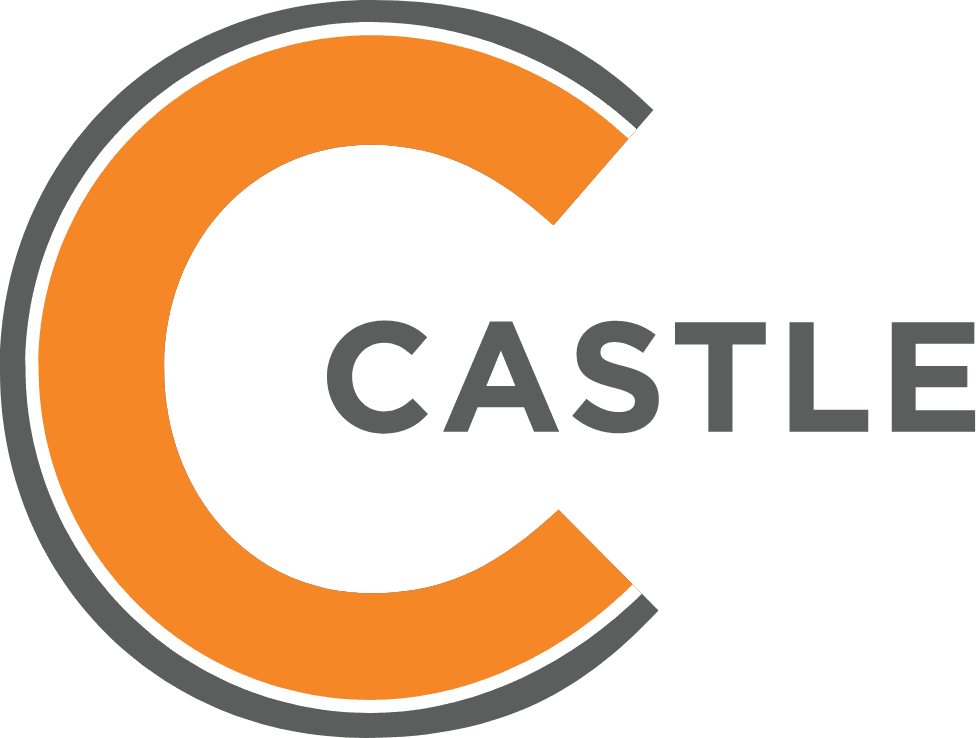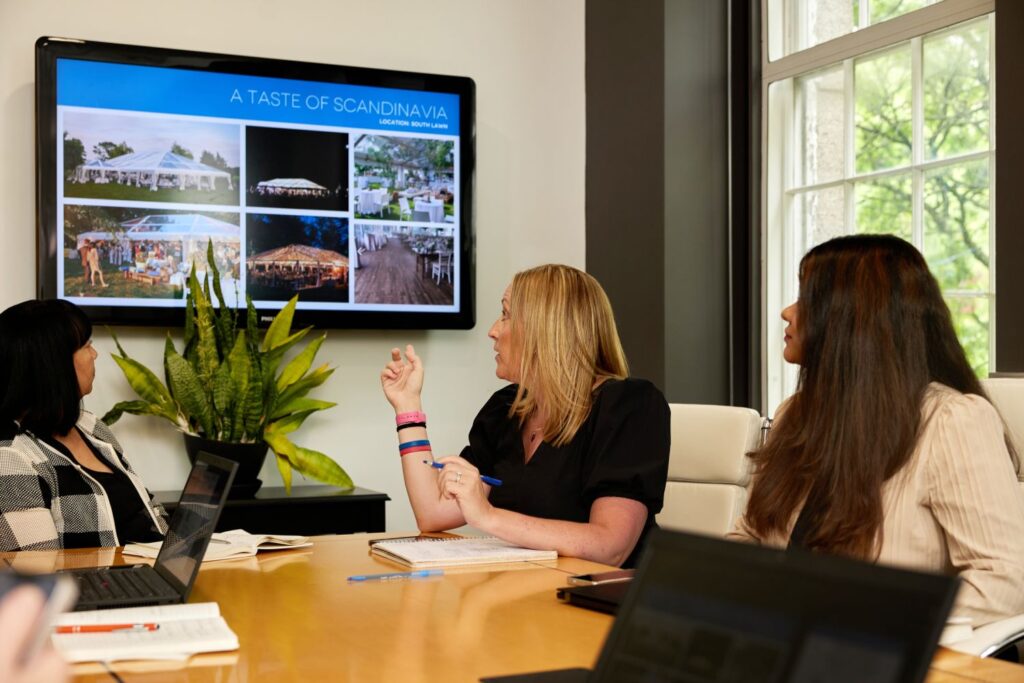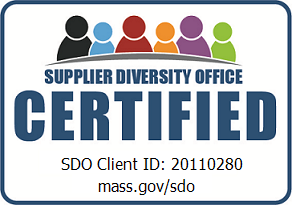No one likes thinking about worst-case scenarios, but in today’s world, businesses and organizations have no choice – particularly considering the implications that one adverse event can have on the company and its reputation. Taking the time to think through how to manage and best communicate during critical incidents and sensitive situations helps expedite response time and minimize risk and disruption to day-to-day operations.
How should businesses and brands handle a crisis?
Handling a crisis effectively is a critical task for businesses and brands. The response, or lack of response, can significantly impact reputation, safety—and the bottom line. Often, the best way to mitigate, or at least manage, this impact is to have a well-defined crisis communications plan. However, as our team often sees, even the most well-prepared organizations are caught flat-footed when faced with unexpected situations that require outreach to various stakeholder groups. Organizations must take swift yet informed action when faced with a crisis.
4 successful crisis management examples
Here at Castle, we’ve navigated many high-profile crisis situations for clients across numerous industries, including education, nonprofit, healthcare, real estate, technology, and financial services, among others. Because our work is sensitive and confidential, specific company and organization names have been removed, but the case studies remain instructive. Here are some of the notable examples of our work and a brief overview of how we assisted the client in a time of great need:

Crisis management example #1: Contract Dispute & Intellectual Property for Technology & Security Company
A technology and security company contacted Castle when a client of theirs began to publicly dispute and disparage the functionality of a product the client had been hired to install at more than two dozen customer sites, despite the company having documentation that the product was fully operational. At the same time, the company became involved in an intellectual property dispute with a competitor regarding non-trademarked terminology used by companies throughout the industry.
Throughout the engagement, our team worked closely with company leadership and their internal communications, customer service and sales teams, and legal counsel over an intensive five-week period to manage these separate but related situations in real-time.
During the engagement, our work included developing messaging and response strategies, statements, talking points, Q&As, internal communications, and letters to the internal team, customers, intermediaries, and referral sources. Additionally, we provided counsel and guidance on inquiries from numerous local and regional media outlets.

Crisis management example #2: Racial Equity & Social Justice for Numerous Education Clients
Following the murder of George Floyd and an ongoing period of racial reckoning across the nation, Castle engaged with numerous education clients to provide communications counsel and support to institutions facing internal, external, and government pressure around diversity, equity, and inclusion programs and curriculums.
We worked closely with schools, school boards, and administrators who had received or were preparing to receive anonymous parent letters critical of how and what students were being taught about race and racism. In doing so, we assisted in proactively drafting messages and response strategies to manage misinformation and any associated fallout.
Specific deliverables included community letters, statements, and talking points for meetings with faculty, staff, parents, and community members. Our team continues to consult with many of the education clients we supported during this time. These longstanding relationships have allowed us to deeply understand each unique school community, building trust with school leadership, board members, and legal counsel.

Crisis management example #3: Patient Safety at Healthcare Facilities
The parent company of a healthcare facilities organization contacted Castle after a local investigative reporter uncovered a hidden camera depicting employees verbally abusing a resident at one of its locations. Following the initial inquiry and report, allegations of similar treatment at the company’s other facilities surfaced. This led to multiple follow-up inquiries from the local news stations and national news outlets, site visits from the state’s Department of Health and Human Services, and possible termination of the company’s Medicare certification.
Castle worked closely with the parent company and each facility in question over a six-week period to manage each situation in real time, developing all messaging and response strategies, including media statements, talking points for local leadership, internal communications, and letters to patients and their families. We also advised on communications strategies supporting the patient, family, and community relations at each of the company’s facilities throughout the region.
Crisis management example #4: Proactive crisis planning for Small Private College
This educational institution contacted Castle because it did not have a crisis communications plan in place for managing sensitive issues on campus. We began with a review of the existing emergency action plan, interviews and briefing sessions with the President and the President’s Cabinet, and a review of the college’s (admittedly) ad hoc responses to previous issues on campus. Castle then prepared a crisis communications plan designed to work in conjunction with the emergency action plan to guide immediate action steps, engagement strategies, and anticipated responses to critical issues.
The plan outlined processes and procedures for defining the crisis communications team, identifying audiences to consider, drafting and delivering messages, designating and training spokespersons, and ways to monitor and adapt to changing conditions. We also identified and planned for six distinct crisis scenarios that the college might face.
Want to learn more about successful crisis management? Get in touch!
While you may not want to think about critical situations, taking time to think through specific scenarios proactively–and how your company might respond to those scenarios–is incredibly important to ensure that a plan is in place when the stakes are high. After all, it’s always better to be a success story than an example of what not to do.
Neeve Prendergast is an account executive at The Castle Group. She can be reached at nprendergast@thecastlegrp.com.





















